There can be your advertisement
300x150
In Which Apartments Will We Live in 15 Years: Professionals' Opinion
Architects and designers are people who always look ahead and see further than others. We asked them to imagine what a trendy interior will look like in ten or fifteen years.
Simple and maximally functional interiors, furniture that can be taken on the road, and architecture that flexibly adapts to people—this is what professionals believe will not be far away.
Nikolai Barsukov — architect-designer, founder of Friends Interior Design studio, which specializes in designing residential and public interiors. He admits he misses architecture. The near future is connected with mobility. People will move more frequently from one place to another, and what can be stored, easily moved, and preserved will become fashionable.
Currently, in Moscow, many people rent apartments. For Europe and America, this is already a norm, but in Russia, it's just beginning and will likely increase because not everyone has money for their own apartment. Therefore, the near future will be tied to mobility. With maximum flexibility in relocating from one place to another with minimal losses. This is already noticeable. I haven't created such interiors yet, but my friends met with a client's wish to select furniture in the project so that it can be easily packed and transported.
I think in the next 5–10 years, due to the overall situation in Russia, many people will have to move from place to place for some time, and it will be trendy to have everything that can be easily stored and moved, considering that gradually—despite how strange it may seem—the space required for a person's life is becoming smaller. It is, of course, larger than a Khrushchyovka, but still small.
In the near future, functionality will prevail over aesthetics, and this issue is already being addressed in serious architectural circles. In interiors, everything will likely be averaged, mobile, and individuality will only be expressed through accessories. Photos of your relatives, your favorite pillow, a blanket, and so on. A person leaves—taking their home with them.
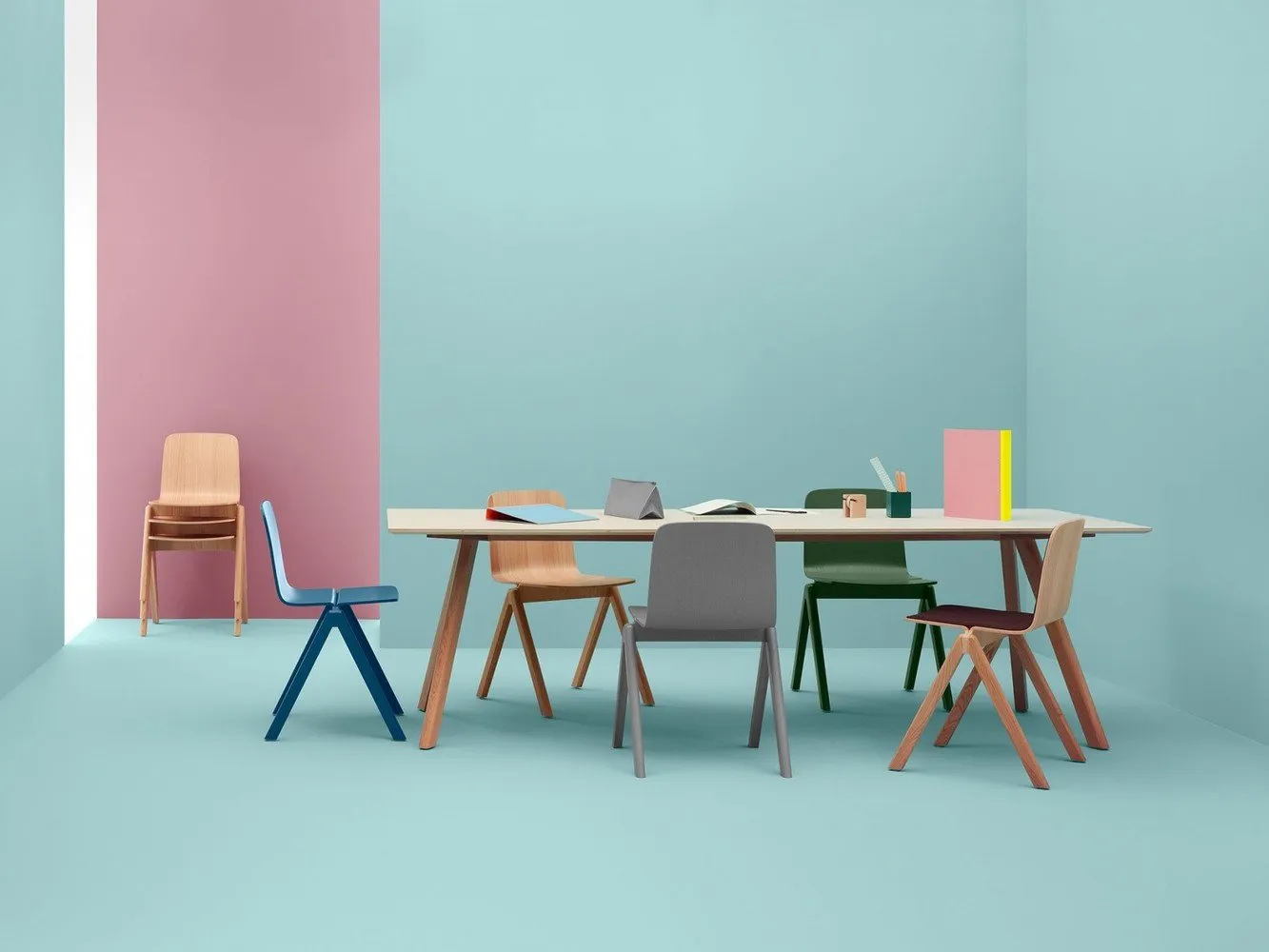
Denis and Anton Yurovs — architects, founders of Yurov Interiors studio, creators of projects that are not just collections of beautiful images but spaces connected with a specific lifestyle. The space will adapt to the person.
We think the future is in parametric design. This means designing not manually but through computer programs where an algorithm is set, data is entered, and the design is generated. We like parametric design and organic architecture with smooth forms. It's right that we're moving towards nature.
One of the parametric design directions is adaptive architecture. That is, architecture capable of adapting and responding to what happens around it. Modules that can turn toward the sun like sunflowers. Interiors that behave like “living” spaces—when someone enters a room, it changes depending on their needs. The walls themselves are a set of modules that move, tables and chairs become higher or lower. And it's not science fiction; some elements of adaptive architecture already exist. For example, we love self-darkening glass. When the sun sets, it darkens. Curtains with such glass are not needed.

Anastasia Kovalchuk — architect-designer and advocate of a functional approach to design: “I prefer any designer's idea to be justified by its practicality and convenience.” Futuristic buildings will not be mass in demand. People are accustomed to living inside a “cube,” and in 15–20 years, they won't change and won’t love a house shaped like a roll or sphere.
Futuristic buildings will not be mass in demand. People are accustomed to living inside a “cube,” and in 15–20 years, they won't change and won’t love a house shaped like a roll or sphere. Therefore, bold architectural projects will likely remain on paper.
People’s tendency to concentrate in megacities or, conversely, escape into the wild will depend on political and ecological conditions.
Smart home technology will become much more accessible to all social strata. Centralized control of all devices and renewable energy sources will be seen not as luxury but as a necessity for existence.
Human physiology and psychology will not change globally. The sun, air, and water will remain the best friends as before. Therefore, windows, plumbing, electricity, and standard amenities will remain.
People have stopped settling into the “aristocratic nest” and are ready for movement. The modern lifestyle—“nomad style”—will affect furniture. Mobile and transformable furniture will allow changing the space in minutes.
Trend changes occur based on contrast. Tech – eco, rationalism – nature. These two trends can merge into a bio-inspired interior that imitates natural forms.

More articles:
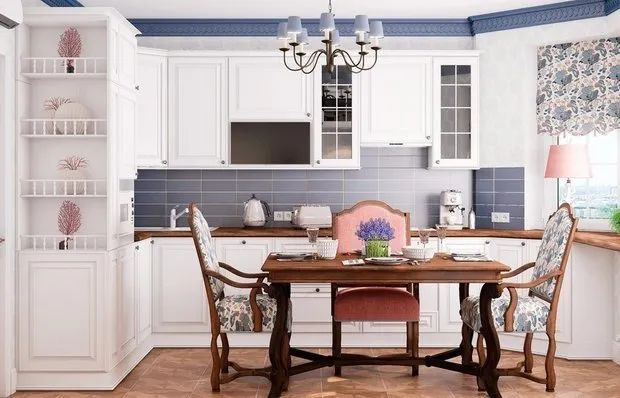 3 удобных варианта планировки маленькой кухни с эркером
3 удобных варианта планировки маленькой кухни с эркером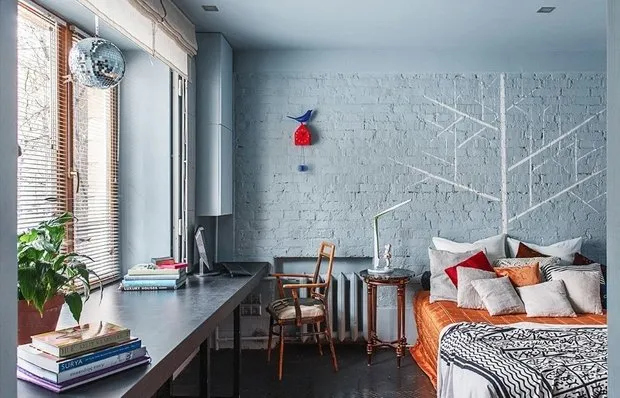 How to Set Up a Workspace in a Small Apartment: 7 Ideas
How to Set Up a Workspace in a Small Apartment: 7 Ideas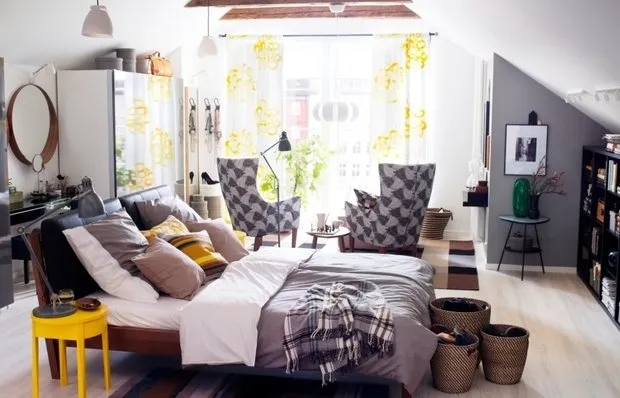 Improving Interior Without Renovation: 10 Design Hacks from IKEA
Improving Interior Without Renovation: 10 Design Hacks from IKEA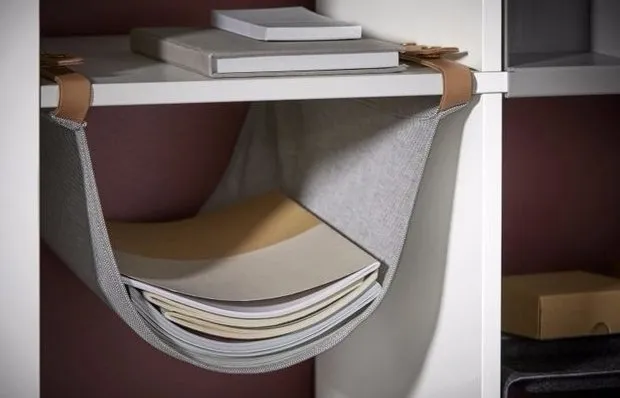 We Know What You'll Buy in February: 10 New IKEA Products
We Know What You'll Buy in February: 10 New IKEA Products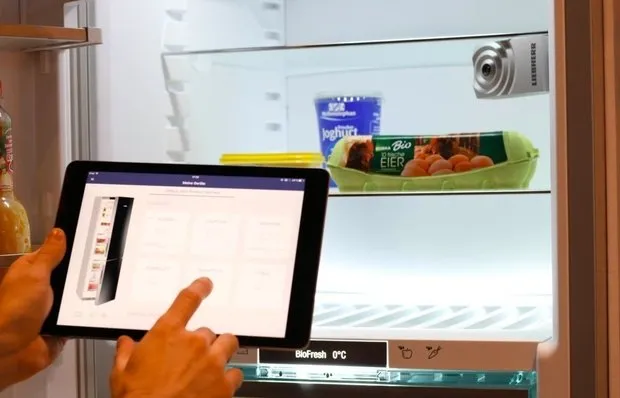 Умная кухня: 6 новинок для тех, кто идет в ногу со временем
Умная кухня: 6 новинок для тех, кто идет в ногу со временем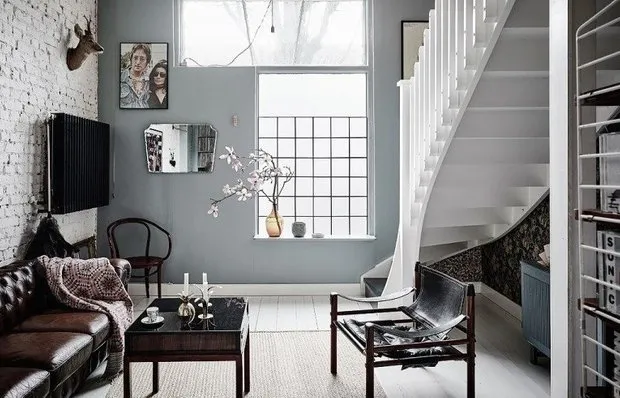 Unusual Scandi Apartment for Music Lovers
Unusual Scandi Apartment for Music Lovers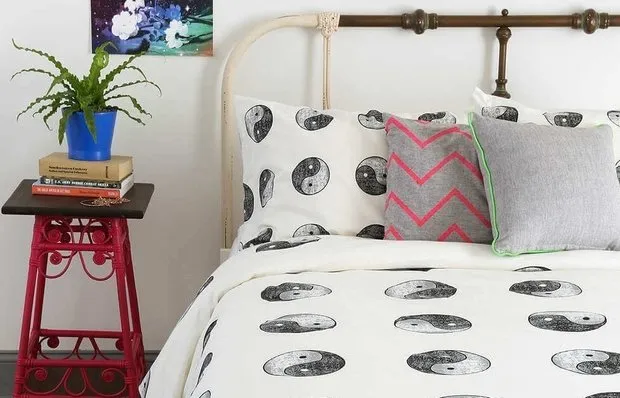 Yin and Yang: or 8 Simple Secrets of Harmony in Feng Shui
Yin and Yang: or 8 Simple Secrets of Harmony in Feng Shui 7 Houses That Famous Architects Built for Themselves
7 Houses That Famous Architects Built for Themselves